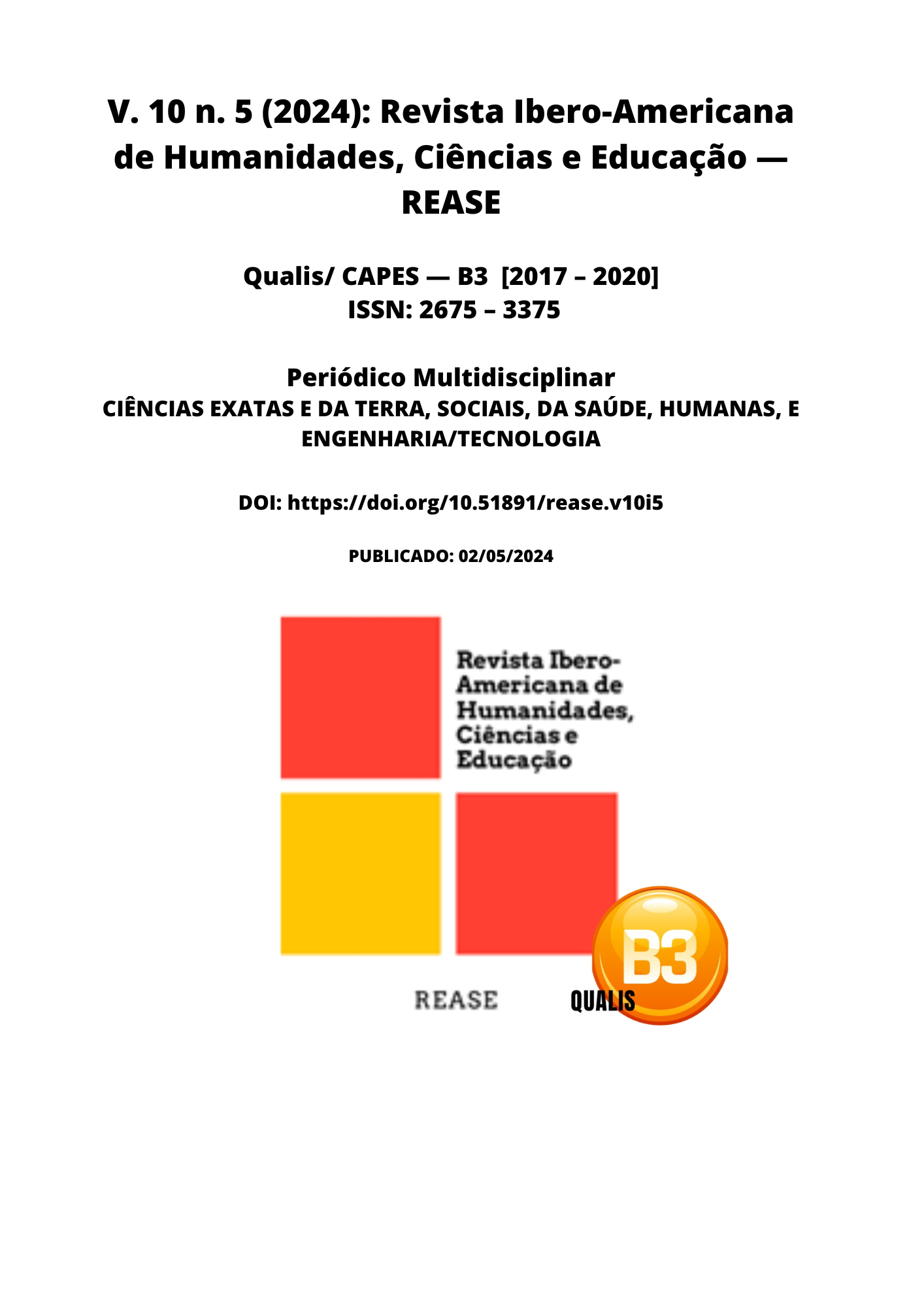DRUG TRAFFICKING AND PROCEDURAL INVESTIGATION TECHNIQUES: BIBLIOMETRIC STUDY AND SYSTEMATIC LITERATURE REVIEW
DOI:
https://doi.org/10.51891/rease.v10i5.13853Keywords:
Drug trafficking. Techniques. Lawsuit. Investigation. Revision.Abstract
This study presents a reflection based on a systemic review of drug trafficking and procedural investigation techniques. In this sense, it promotes debate in a challenging scenario that is drug trafficking. Thus, the objective was to show the techniques and investigation methods involved in drug trafficking and the changes that occurred from 2014 to 2024 in this context. In this case, the methodology was bibliographical research and documentary research. Through sources such as Google Scholar, physical libraries and internet searches, books, articles, magazines, monographs, laws, standards and resolutions related to the topic were identified, using specific keywords to ensure a complete and relevant search. From the results it was evident that the topic requires more dialogue, as this crime that is related to drug law, its procedure and form of punishment are of high importance, especially because the conduct that relates to trafficking, use and other associated crimes require high complexity in their analysis, as well as in criminal instruction, which is fundamentally relevant to understanding the area.
Downloads
Downloads
Published
How to Cite
Issue
Section
Categories
License
Atribuição CC BY

